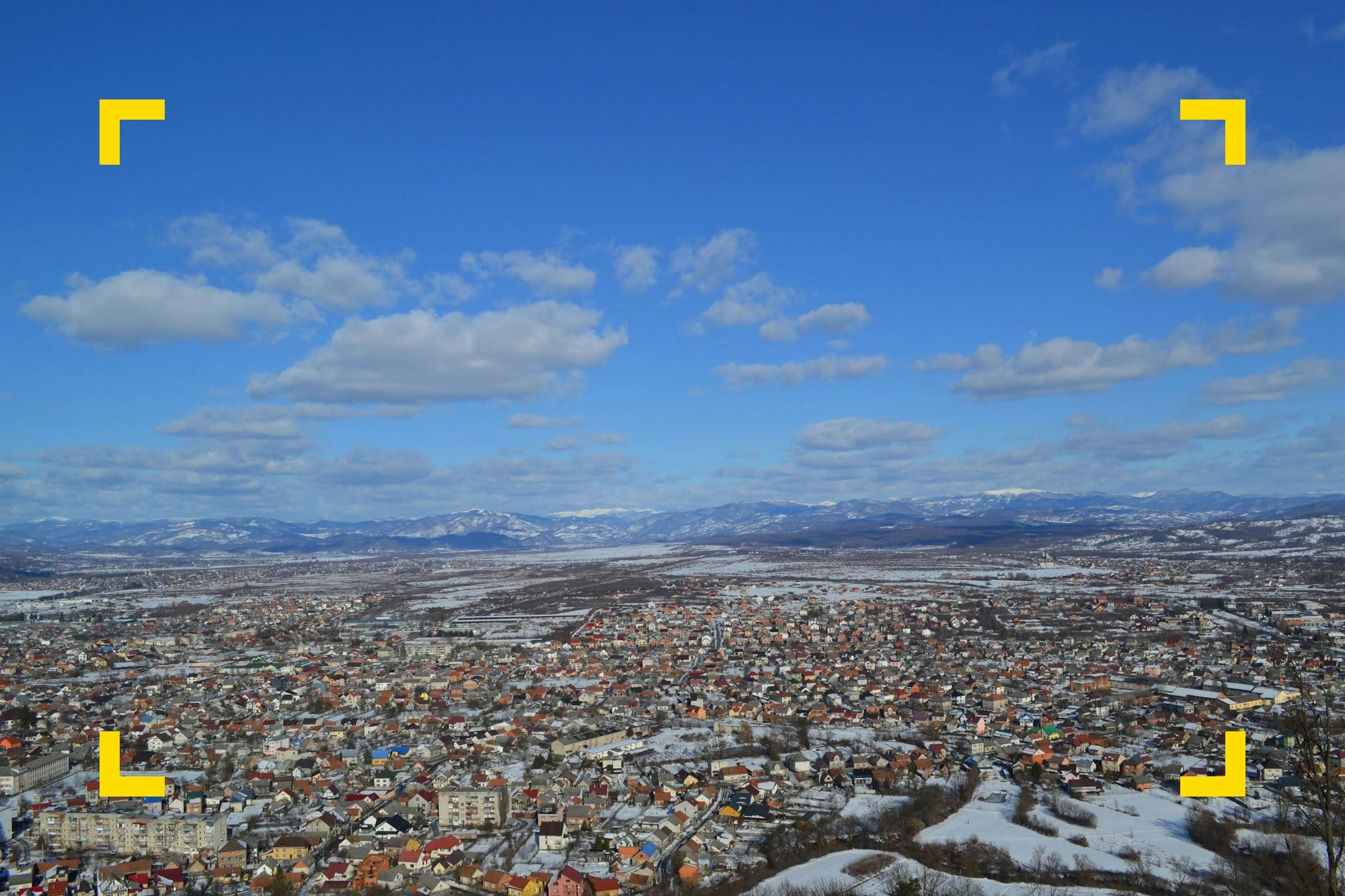Conservation Concept: Wildland-Urban Interface
As natural lands come into contact with housing and other forms of development, the wildland-urban interface (WUI) expands, further threatening the remaining wilderness areas.

May 2023
Wilderness areas across the globe are rapidly shrinking, with satellite imagery revealing that the Earth has lost 10% of its global wilderness between 1993 and 2009, and almost 30% of South America's wilderness disappearing over the same time period. As natural lands come into increasingly close contact with housing and other forms of development, the wildland-urban interface (WUI) expands, threatening the natural function of any surrounding, undeveloped wilderness areas.
In the United States, the WUI expanded by 47% between 1990 and 2020, with around 14 million new homes built adjacent to covered, undeveloped natural lands. This type of development has serious consequences for ecosystems. The fragmentation of vast wilderness areas create smaller patches that disrupts the interconnectivity of habitat, which can be devastating for species that rely on larger connected areas.

When new development (ex: agriculture, urbanization, transportation infrastructure) pops up in wild areas, connective wilderness becomes smaller and more isolated, fragmenting habitat, thus transforming interior habitat to edge habitat. In turn, this reduces genetic diversity, decreases species richness, increases extinction risk, and changes how an ecosystem functions. These consequences are devastating for species relying on interior habitat, as they may not be able to find enough resources or suitable breeding partners to survive in the newly fragmented landscape. Alternatively, these conditions favor introduced or invasive species which prefer edge habitat types, and are adept at outcompeting native or endemic species, which makes the removal of invasive species incredibly difficult.
When interior sections of wilderness are split up by new cabins, roads, or anything else, the connective wilderness is split, converting interior habitat to edge habitat, which may result in changes to species composition or degradation of interior habitat quality. The further a landscape is fragmented, the more edge habitat is favored over interior habitat, which can drastically reduce intact interior wilderness.

As this occurs at an excelerated rate to accommodate human expansion, edge habitats are more prominent in a fractured landscape, adding extra pressure and fueling greater competition for species requiring connective interior habitats.

For example, culverts installed over streams during road development greatly impairs fish movement and migration and introduces sediment into otherwise clear streams. Impervious surfaces such as roads, driveways, and clear-cut forests also disrupt the timing and path of runoff, further endangering fish species with large ranges or migratory requirements.
Plus, more wilderness-adjacent development increases the risk of wildfires via human ignition, and fires can introduce huge amounts of sediment into streams during post-wildfire runoff. Even though fire risks don't directly affect fish, the repercussions of wildfires on aquatic organisms can be severe. Mudslides resulting from the Cameron Peak Fire killed off more than 80% of trout in some reaches of Colorado's Cache la Poudre River in 2021.
The Florida Everglades have also been affected by human development, which was once a wide, shallow, meandering river system flowing towards Florida Bay and the southern tip of the state. But following several hurricanes during the 1990s, the flow was dammed, and water movement must now be facilitated by pumping stations through levees and canals. This has come at the cost of thousands of acres of important wetlands, transforming the Everglades into a fragmented network of straight lines, altering species composition. While housing development may not always be the direct cause of damage to such areas, simply diverting and restructuring the hydrological cycle for the Everglades is a direct result of human presence.
As our society grows, we encroach closer and closer to previously pristine wilderness areas, and over time, our presence becomes undeniable. Therefore, it's crucial to prioritize the conservation of intact natural lands and work towards sustainable development that minimizes the negative impact on our environment and its inhabitants, to sustain productive fisheries in the future. Plus its easier and more cost-effective to conserve intact land rather than restore disturbed lands.
Sources:
- Pennisi, El. 2016. We’ve destroyed one-tenth of Earth’s wilderness in just 2 decades. Science. https://www.science.org/content/article/we-ve-destroyed-one-tenth-earth-s-wilderness-just-2-decades
- Mockrin, M. 2022. New analyses reveal WUI growth in the U.S. USDA Forest Service. https://www.nrs.fs.usda.gov/data/WUI/Radeloff, V, et al. 2018. Rapid growth of the US wildland-urban interface raises wildfire risk. PNAS. 115-13, 3314-3319. https://doi.org/10.1073/pnas.1718850115
- Radeloff, V. et al. 2005. The Wildland-Urban Interface in the United States. https://www.nrs.fs.usda.gov/pubs/jrnl/2005/nc_2005_radeloff_001.pdf
- Fahrig, L. 2003. Effects of habitat fragmentation on biodiversity. Annual Review of Ecology, Evolution, and Systematics, 34, 487-515.
- Haddad, N., et al. 2015. Habitat fragmentation and its lasting impact on Earth's ecosystems. Science Advances, 1(2), e1500052.
- Laurance, W. et al. 2002. Ecosystem decay of Amazonian forest fragments: a 22-year investigation. Conservation Biology, 16(3), 605-618.
- Turner, I. M. 1996. Species loss in fragments of tropical rain forest: a review of the evidence. Journal of Applied Ecology, 33(2), 200-209.
- University of Texas. Accessed 2023. Biodiverity. http://www.bio.utexas.edu/faculty/sjasper/Bio301M/biodiversity.html
- CONTRAhabit. 2011. Landscape Ecology Within an Urban Context. https://contrahabit.wordpress.com/2011/10/04/landscape-ecology-within-an-urban-context/
- United States Army Corps of Engineers. Accessed 2023. Culvert Designs that Restrict Movement of Fish and other Aquatics. https://www.sas.usace.army.mil/Portals/61/docs/regulatory/NWP_AppendixD_Culverts.pdf


